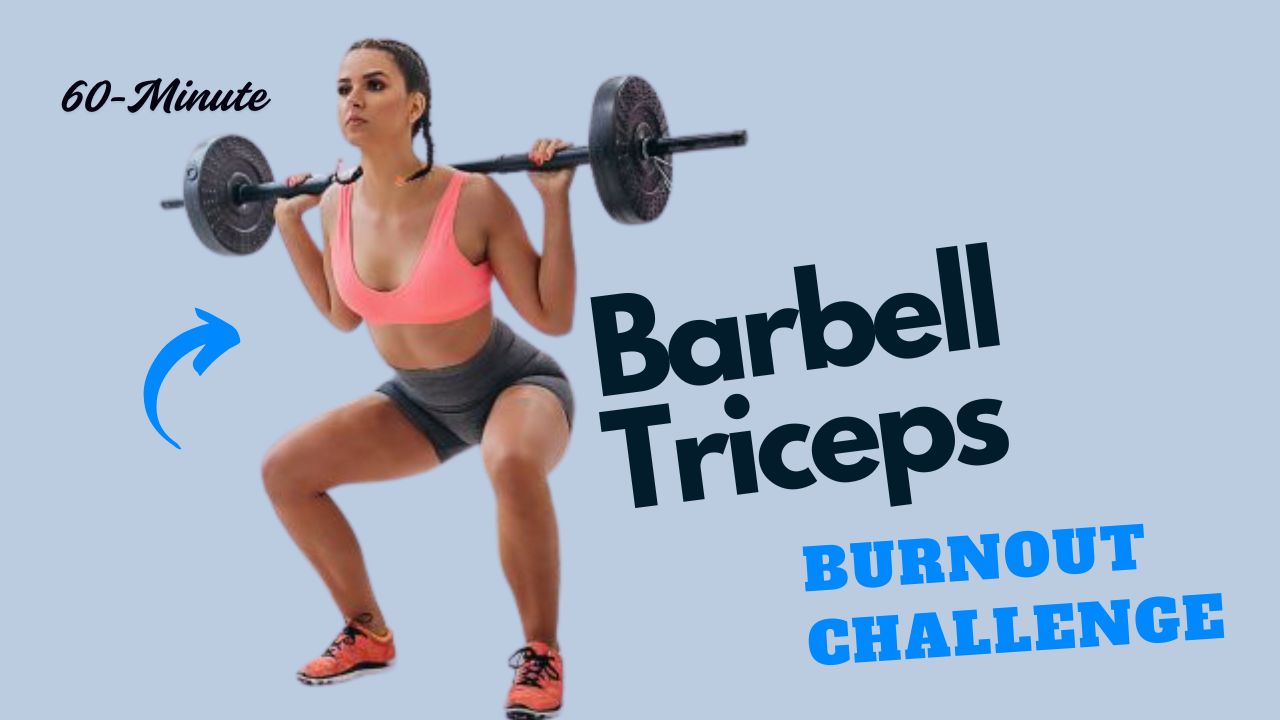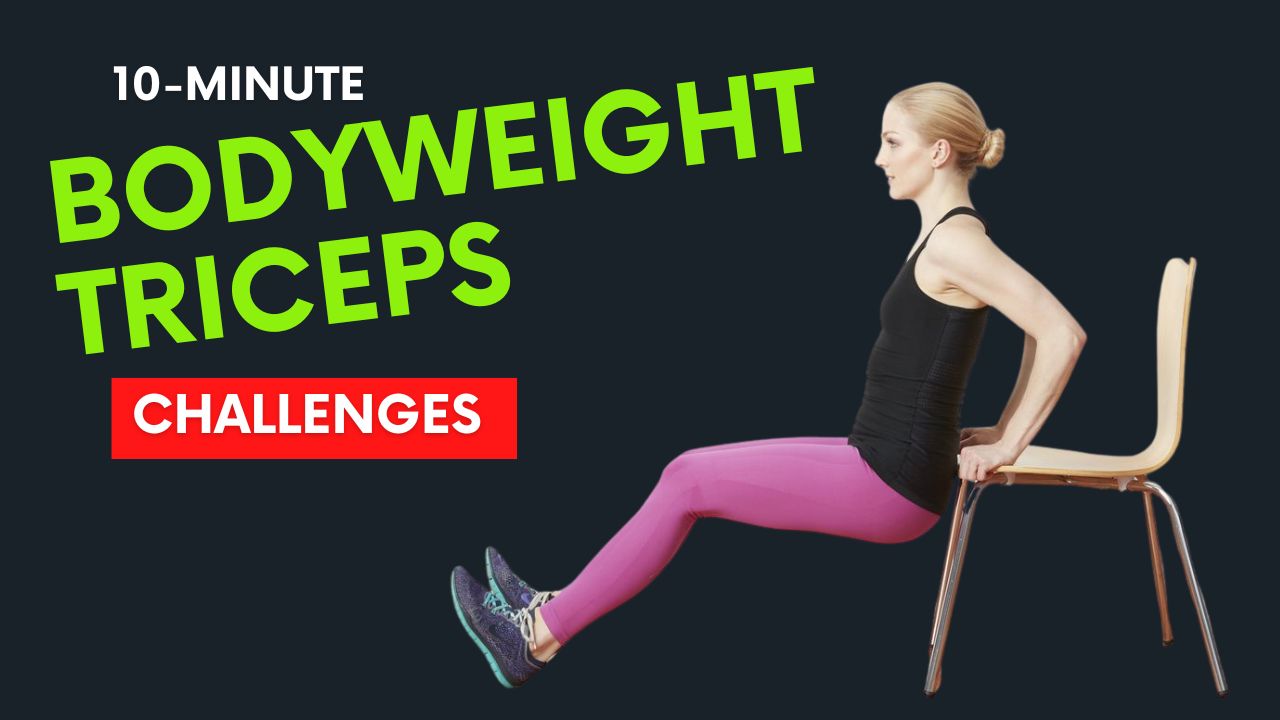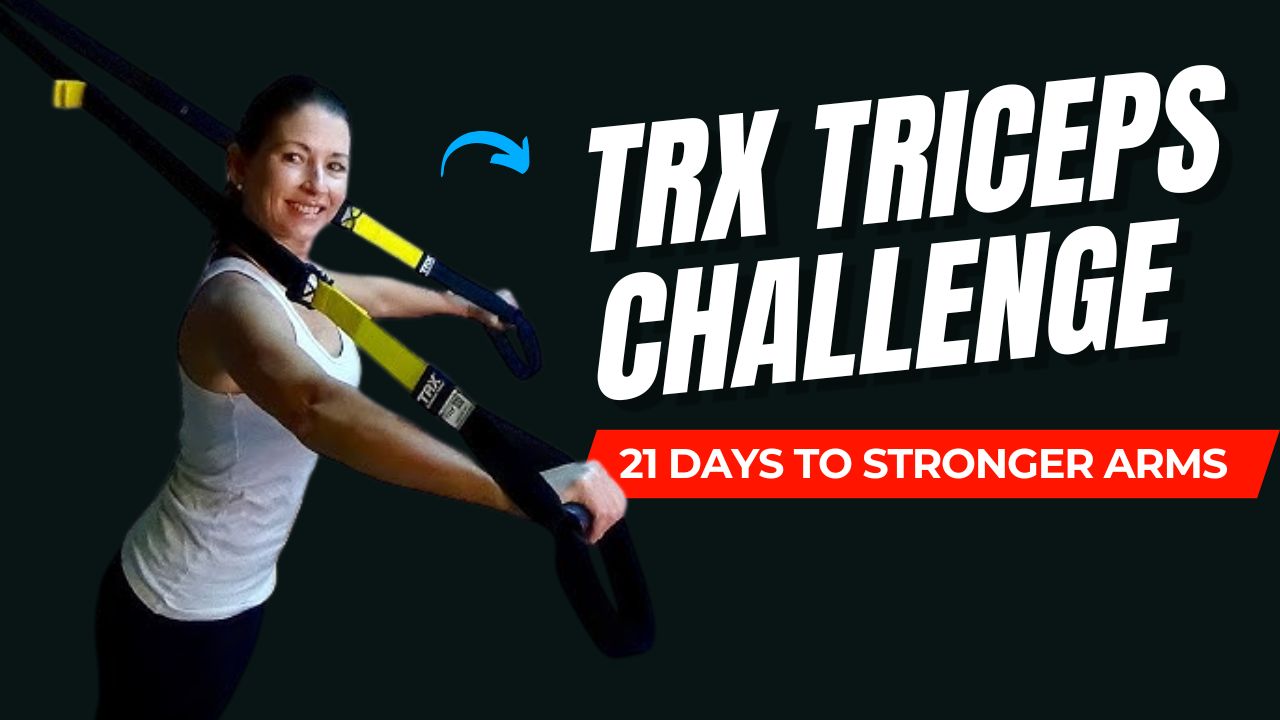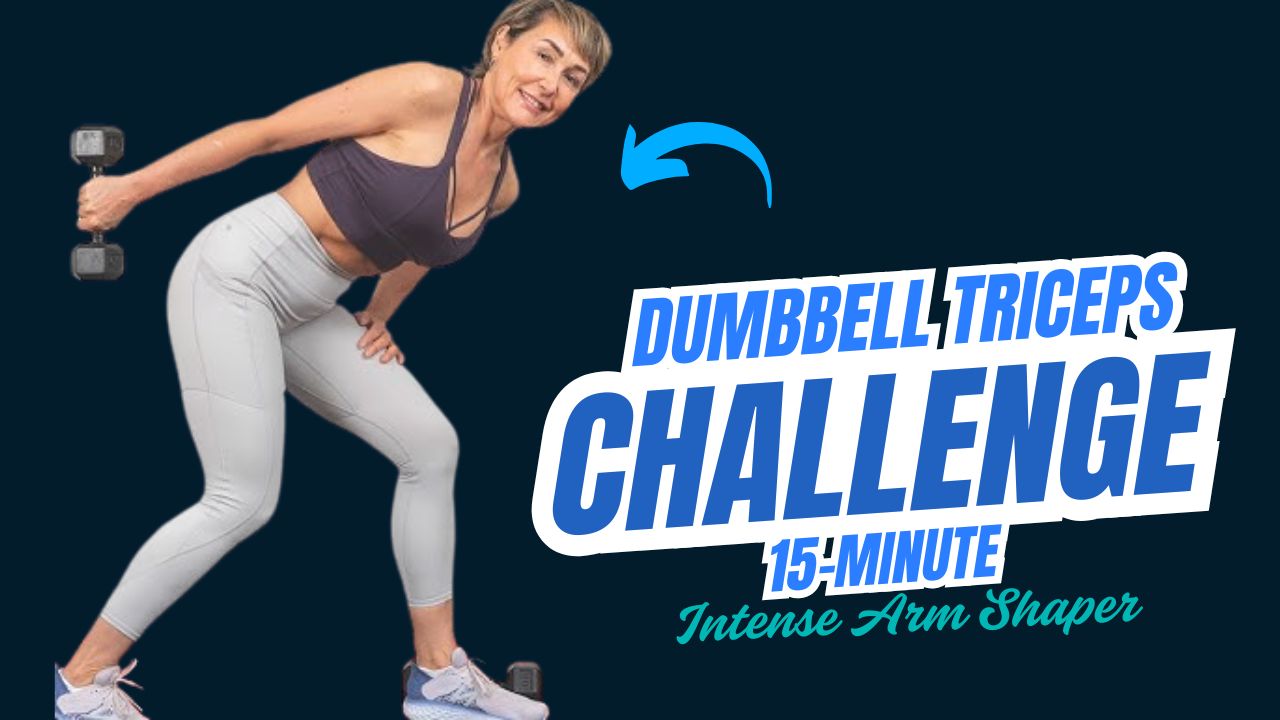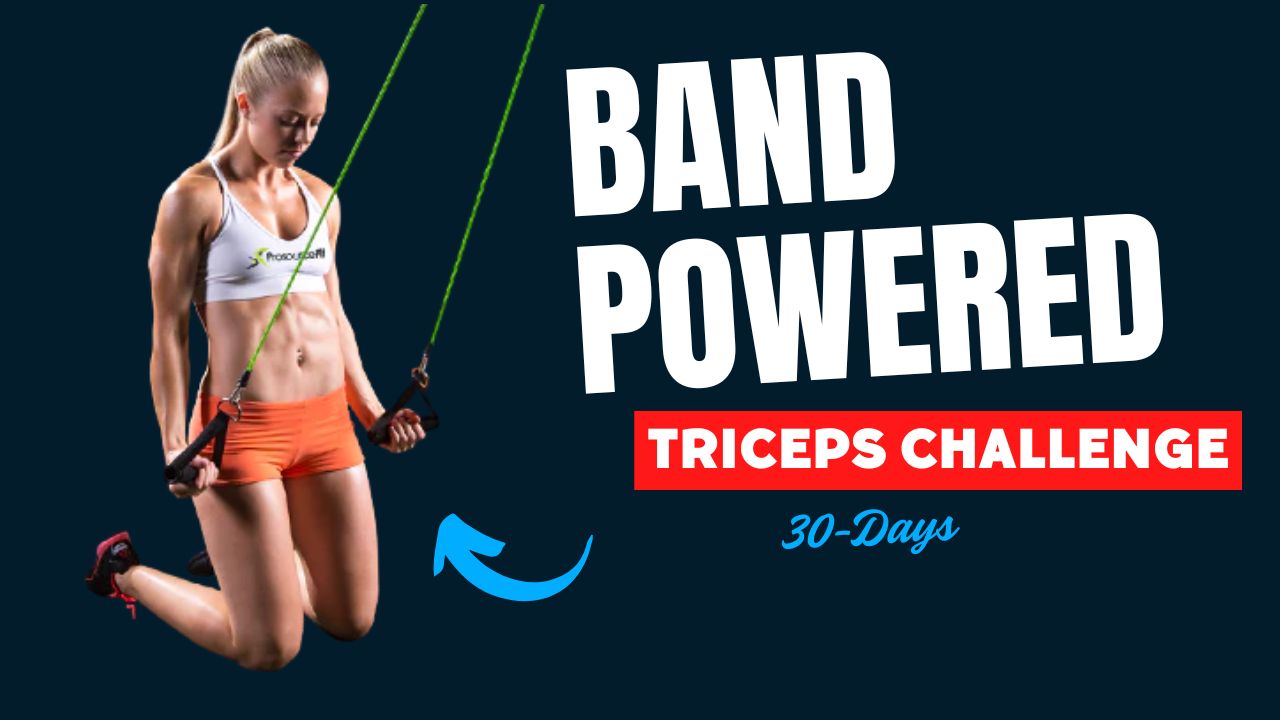Ever felt like your lower legs are the weak link in your performance chain? Your calves do more than just look good in shorts—they’re vital for power, stability, and injury prevention.
Yet, they’re often overlooked. Enter TRX: the versatile suspension trainer that can transform boring calf raises into a dynamic, core-challenging experience.
These three TRX calf workouts will not only help you build strong, defined calves but also improve your balance, ankle mobility, and lower body explosiveness.
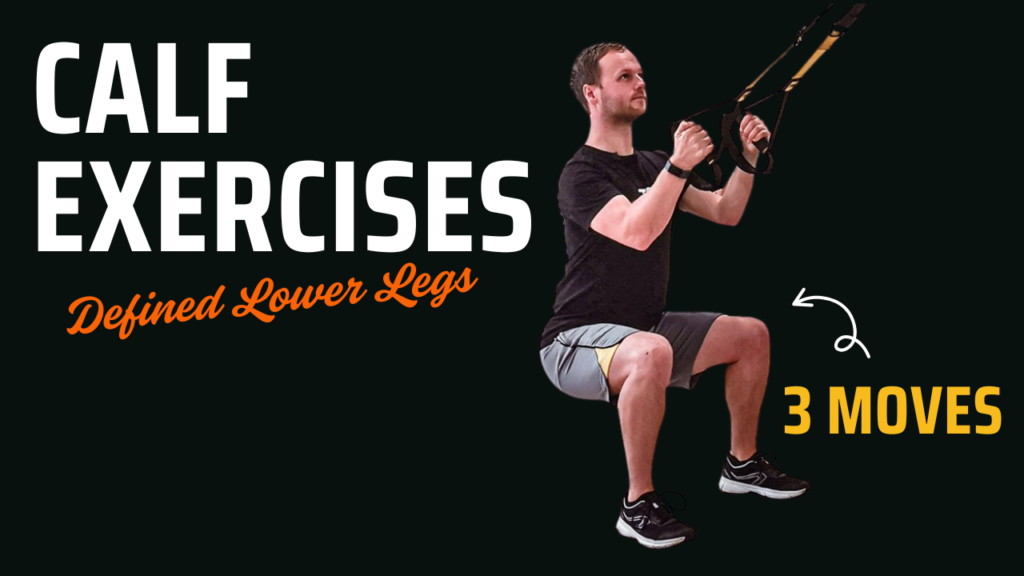
Table of Contents
30-Day Results of TRX Calf Workouts
| What You May Notice | Benefits to Expect |
|---|---|
| Increased calf definition and muscle tone | Improved appearance of your lower legs |
| Stronger, more powerful calves | Enhanced performance in running, jumping, and sports |
| Better ankle stability and balance | Reduced risk of ankle sprains and injuries |
| Improved calf endurance | Less fatigue during long walks, hikes, or standing |
| Stronger core engagement during lower body movements | Overall better posture and functional strength |
Do’s and Don’ts for TRX Calf Workouts
| Do’s | Don’ts |
|---|---|
| Keep your core engaged for better stability. | Don’t rush through reps—avoid bouncing. |
| Use a full range of motion, rising high & lowering fully. | Don’t lock your knees; it can strain joints. |
| Progress gradually by increasing reps or holds. | Don’t ignore pain; sharp discomfort needs rest. |
| Focus on controlled, smooth movements. | Don’t lean too far forward or backward. |
| Warm up calves before starting (e.g., ankle circles). | Don’t skip a cooldown or post-workout stretch. |
Why TRX for Calves?
Most calf exercises are performed on solid ground. But the TRX turns calf training into a whole-body stability challenge, engaging your core, hips, and ankles. This increases muscle recruitment and makes each rep more effective.
Did you know? Weak calves can contribute to knee pain, shin splints, and even hip issues due to poor shock absorption. Training them with instability boosts their strength and function.
Top 3 TRX Calf Exercises To Do
1: TRX Standing Single-Leg Calf Raise
How to Do It:
- Adjust your TRX straps to mid-length.
- Stand facing the anchor point, holding the handles lightly in front of your chest.
- Lift one foot off the ground so you’re balancing on the other leg.
- Keeping your knee slightly bent, press the ball of your foot into the ground and rise onto your toes.
- Slowly lower your heel back down with control.
- Perform 12-15 reps per leg for 3 sets.
Benefits:
- Builds unilateral calf strength.
- Improves ankle stability.
- Engages the core for balance.
2: TRX Squat to Calf Raise
How to Do It:
- Stand facing the anchor with feet shoulder-width apart.
- Hold the TRX handles with elbows bent at your sides.
- Lower into a squat, keeping chest lifted and heels planted.
- As you rise from the squat, press through the balls of your feet and lift your heels into a calf raise at the top.
- Lower your heels and repeat.
- Complete 3 sets of 15-20 reps.
Benefits:
- Combines calf training with a full lower-body movement.
- Strengthens calves while enhancing squat power.
- Improves functional strength for sports and daily activities.
3: TRX Iso Hold Calf Raise
How to Do It:
- Stand facing away from the anchor point with straps under your armpits (like a TRX chest press setup) and lean slightly forward.
- Rise up onto your toes and hold the top position.
- Keep your body straight and core tight.
- Maintain this calf raise hold for 20-30 seconds, focusing on squeezing your calves.
- Rest and repeat for 3 sets.
Benefits:
- Builds calf endurance and muscular control.
- Enhances explosive strength for running and jumping.
- Challenges stability by keeping you in a suspended position.
Myth Buster:
Myth: “Calves don’t need direct training because running or walking is enough.”
Truth: While everyday activity uses your calves, direct training—especially with tools like the TRX—develops the strength and resilience needed for optimal performance and injury prevention.
Quick Tips for Success:
- Focus on slow, controlled movements—don’t bounce.
- Keep your core tight to maximize stability.
- Gradually increase reps or hold time as your calves get stronger.
Final Thoughts
Don’t let your calves lag behind the rest of your lower body strength. These 3 TRX calf workouts turn a traditionally simple exercise into a challenging and effective routine.
Stronger, more powerful calves are just a few sessions away—step up your game, literally!
Frequently Asked Questions (FAQs)
Can I do TRX calf workouts every day?
While your calves recover faster than larger muscle groups, training them intensely every day can lead to overuse injuries. Aim for 2-4 times per week, depending on your overall training volume and goals.
Are TRX calf exercises better than traditional calf raises?
They’re not necessarily “better,” but they are different. TRX calf workouts add an element of instability, engaging your core and improving balance while still effectively targeting your calves. This makes them more functional and challenging than standard standing calf raises alone.
Do I need special shoes for TRX calf exercises?
No special shoes are required, but minimalist or flat-soled shoes can help you feel more grounded and connected to the floor, improving your balance and calf activation.
Will TRX calf exercises help me jump higher?
Yes! Stronger calves contribute significantly to explosive movements like jumping and sprinting. By strengthening your calves through these dynamic TRX exercises, you’ll improve your power and vertical leap.
I feel my calves cramping during these exercises. What should I do?
Cramping can be caused by dehydration, lack of electrolytes, or overworking the muscles. Ensure you’re properly hydrated, stretch your calves before and after workouts, and progress gradually to allow your muscles to adapt.
How long until I see results from TRX calf training?
Most people notice increased strength, definition, and balance within 4-6 weeks of consistent training, especially if combined with a balanced workout program and proper nutrition.
Can beginners do TRX calf workouts?
Absolutely! Beginners can start with both feet on the ground and shorter holds, gradually progressing to single-leg variations and longer durations as their strength and balance improve.





